Dive into the rich world of coffee, where every sip tells a story. Whether you’re a newbie or a seasoned coffee enthusiast, there’s always something new to discover. From selecting the perfect beans to mastering the art of brewing, this guide is designed to deepen your appreciation for this beloved beverage.
As we explore the various facets of coffee, you’ll learn how history and culture intertwine with your daily cup. Get ready to embark on a flavorful journey that enhances not just your coffee skills, but also your enjoyment of every brew.
- Discover the historical roots and cultural significance of coffee
- Learn key tips for selecting the right beans and roast levels
- Master brewing techniques for a perfect cup every time
The Deep Charm of Coffee
Understanding Coffee’s History
When you think about coffee, it’s not just the taste or aroma that makes it special. It’s the rich tapestry of history behind it that adds depth to every cup. Coffee has traveled across continents, evolving from its discovery in Ethiopia to becoming a global phenomenon. Each region has its own unique story that shapes the coffee it produces, from the highlands of Colombia to the bustling streets of Istanbul.
The journey of coffee also reflects the cultures that embraced it. In the 15th century, coffee was a social drink in the Middle East, where coffeehouses became centers for conversation and exchange of ideas. This tradition continues today, with coffee shops serving as gathering places for friends and colleagues. By understanding this history, you can appreciate how each sip connects you to centuries of culture and community.
- Coffee’s roots trace back to ancient Ethiopia
- It became popular in the Middle East and spread to Europe
- Coffeehouses have historically been cultural hubs for social interaction
The Relationship Between Culture and Coffee
Coffee isn’t just a drink; it’s a cultural experience that varies from one place to another. For instance, in Italy, the espresso culture emphasizes speed and efficiency, while in Sweden, the tradition of “fika” invites people to pause and savor their coffee with pastries. These customs reflect how deeply embedded coffee is in daily life and social practices around the world.
As you explore different coffee cultures, you’ll find that the methods of preparation and consumption can tell you a lot about the people who enjoy it. Whether it’s the elaborate rituals of Japanese pour-over coffee or the vibrant street coffee stalls in Vietnam, each approach adds a unique layer to your coffee experience. Embracing these diverse traditions not only enriches your appreciation for coffee but also opens up avenues for new flavors and techniques to explore.
- Different cultures have unique coffee rituals
- Preparation methods can reflect social values and traditions
- Exploring global coffee practices enhances your overall coffee appreciation
Key Points for Bean Selection
Characteristics by Type
Selecting the right coffee bean is crucial for achieving that perfect brew. Different types of beans, primarily Arabica and Robusta, each have unique characteristics that can significantly influence your coffee experience. Arabica beans are known for their smooth, complex flavors and higher acidity, making them a favorite among coffee connoisseurs. On the other hand, Robusta beans tend to be stronger and more bitter, often featuring a richer body and a higher caffeine content.
Understanding these differences helps you make informed choices based on your personal taste preferences. For instance, if you enjoy a milder and more nuanced cup, Arabica may be your go-to. Alternatively, if you’re looking for a bold and intense flavor, you might gravitate towards Robusta.
- Arabica beans offer a smoother, more nuanced flavor profile
- Robusta beans provide a stronger, more bitter taste
- Knowing your preference can enhance your coffee experience
Choosing Roast Levels
The roast level of coffee beans can dramatically alter their flavor and aroma, so it’s essential to consider this when making your selection. Generally, coffee is categorized into light, medium, and dark roasts. Light roasts maintain more of the bean’s original flavors, often resulting in a brighter, more acidic cup. These roasts are perfect for those who appreciate the distinct characteristics of their coffee’s origin.
Medium roasts strike a balance between acidity and body, offering a well-rounded flavor that appeals to a wide audience. Dark roasts, on the other hand, tend to emphasize bold, smoky flavors with a lower acidity, which many people find comforting and familiar.
When selecting your roast, think about how you enjoy your coffee. Do you prefer the bright notes of a light roast, or do you lean toward the deep, rich flavors of a dark roast? Each roast level opens up different avenues for exploration, allowing you to discover the depth of coffee in ways you may not have considered before.

For those intrigued by the nuances of coffee, you might find it beneficial to explore the article titled Discover the Different Types of Coffee: How Your Cup Can Change!. It delves into the various types of coffee beans and their distinct differences, enhancing your understanding of how to select the perfect bean for your brewing preferences.
- Light roasts highlight the bean’s origin flavors with higher acidity
- Medium roasts offer a balanced flavor profile suitable for many
- Dark roasts provide bold, smoky flavors and lower acidity
Basics and Tips for Roasting
Home Roasting Methods
Roasting coffee at home can be an exciting way to dive deeper into the coffee-making process. It allows you to take control of the flavor profile and freshness of your beans. There are several methods you can use, ranging from simple to more advanced techniques. One popular method is using a stovetop popcorn popper, which can achieve great results with a bit of practice. Alternatively, you might explore using an oven or a dedicated home coffee roaster, which can offer more precise control over the roasting process.
Regardless of the method you choose, the key is to keep an eye on the beans as they roast. You’ll notice them changing color and developing unique aromas. This part of the process is where your personal preferences start to come into play. Are you aiming for a light roast that highlights the bean’s origin, or a deep roast that brings out bold, rich flavors? Experimenting with different roasting methods can be a fun journey in discovering your ideal cup of coffee.
- Stovetop popcorn poppers are a popular choice for home roasting.
- Ovens can be used for roasting, but may require more attention.
- Dedicated home coffee roasters offer precision and control for serious enthusiasts.
Impact of Time and Temperature on Roasting
The relationship between time and temperature during the roasting process is crucial. The longer the beans are exposed to heat, the darker and more intense the flavors will become. Generally, lighter roasts require a shorter roasting time at lower temperatures, while deep coffee roasts need higher temperatures for an extended period.
As the roasting progresses, you’ll hear the beans crack. This is an important indicator to watch for. The first crack signals that the beans are reaching a light roast stage, while the second crack usually indicates a medium to dark roast. Understanding these stages can help you achieve your desired roast level. Experimenting with different times and temperatures can lead to unique flavor profiles that resonate with your taste.
Moreover, factors like humidity and altitude can affect roasting times. If you’re located in a high-altitude area, you might find that your beans roast faster than expected. Similarly, if the air is particularly humid, it may take longer to achieve your desired roast.
Being mindful of these variables can enhance your coffee experience, allowing you to explore the deep, complex flavors that come from properly roasted beans. It’s all about finding that sweet spot that brings out the best in your coffee.

If you’re eager to enhance your coffee experience further, you’ll find great value in exploring the article titled Your Complete Guide to Choosing Coffee Beans, Roasting, Storing, and Expiration!. This guide dives deep into the essentials of coffee bean selection, roasting techniques, and storage tips, helping you to fully appreciate the intricacies of your coffee journey.
- The first crack indicates the transition to light roast.
- The second crack usually signals a medium to dark roast.
- Humidity and altitude can affect roasting times and results.
Methods for Brewing Delicious Coffee
Differences Between Drip and Espresso
When it comes to brewing coffee, the method you choose can greatly influence the final taste of your cup. Drip coffee and espresso are two popular methods, each offering a unique experience. Drip coffee is known for its smooth, mellow flavors, making it a favorite for many casual drinkers. The brewing process involves hot water slowly dripping through coffee grounds, extracting the flavors over a longer period. This method allows the coffee’s natural oils and aromas to develop, resulting in a lighter, more refreshing cup.
On the other hand, espresso is all about intensity and richness. The brewing process uses high pressure to force hot water through finely ground coffee, creating a concentrated shot that packs a punch. This method highlights the deep, complex flavors of the beans, making it ideal for those who crave a bold and robust experience. The key difference lies in the grind size, brewing time, and pressure used, which ultimately shapes the coffee’s character.
Understanding these differences can help you appreciate the nuances of each brew. Whether you prefer the smoothness of drip coffee or the deep richness of espresso, experimenting with both methods opens up new avenues for enjoying your daily cup.
- Drip coffee offers smooth, mellow flavors and is ideal for casual drinkers.
- Espresso provides a concentrated, intense experience with rich flavors.
- The brewing process varies significantly between the two methods.
Importance of Brew Time and Water Temperature
Brew time and water temperature are critical elements that can make or break your coffee experience. For instance, with drip coffee, the recommended brewing time typically ranges from four to six minutes. This slow extraction allows for a balanced flavor profile to develop. If the brew time is too short, your coffee might taste weak and under-extracted. Conversely, if you brew for too long, it can lead to over-extraction, resulting in a bitter taste that overshadows the coffee’s natural sweetness.
When it comes to espresso, the brewing time is much shorter, usually around 25 to 30 seconds. This quick extraction is essential for capturing the rich flavors and creating the signature crema on top. The water temperature also plays a vital role; ideally, it should be between 190°F to 205°F. Water that is too hot can scorch the coffee, while water that is too cool may not extract the flavors effectively.
Carefully managing these variables allows you to explore a range of flavor profiles. Adjusting brew time and water temperature can help you find that perfect balance, leading to a deep coffee experience that truly resonates with your palate. Don’t hesitate to experiment and discover what works best for you!
- Brew time affects the flavor profile; too short can taste weak, while too long can be bitter.
- Espresso requires a quick extraction to capture rich flavors and create crema.
- Water temperature is crucial; ideal range is between 190°F to 205°F.
Coffee Storage Methods
Ideal Storage Containers
When it comes to preserving the flavors of your coffee, the right storage container can make all the difference. Ideally, you want a container that is airtight, opaque, and made of a material that won’t react with the coffee. Glass jars with tight-sealing lids are a popular choice, as they allow you to see your beans while keeping them fresh. Alternatively, you might consider ceramic or stainless steel containers, which are also effective at keeping light and air out.
It’s essential to avoid clear containers, as exposure to light can degrade the quality of your coffee over time. Also, steer clear of plastic containers, which can impart unwanted flavors to your beans. By using the right container, you can ensure that your deep coffee maintains its rich aromas and flavors for as long as possible.
- Airtight containers help prevent oxidation.
- Opaque materials protect against light exposure.
- Glass, ceramic, and stainless steel are great choices.
Tips for Maintaining Freshness
Once you’ve selected the ideal container, there are additional tips to keep in mind to maintain the freshness of your coffee. First, always store your coffee in a cool, dry place away from direct sunlight. Avoid keeping it near heat sources like stoves or ovens, as heat can negatively affect the quality of the beans.
Another key aspect is to only buy the amount of coffee you can consume within a few weeks. Coffee is best enjoyed fresh, and the longer it sits, the more it loses its vibrant flavors. If you find yourself with an excess of beans, consider freezing them. Just make sure to portion them out first, as repeated thawing can introduce moisture and compromise flavor.
Lastly, remember to seal the container tightly after each use. Even a small amount of exposure to air can lead to staleness, which diminishes the deep, rich flavors you love. By following these simple storage tips, you can enhance your coffee experience and enjoy each cup to its fullest potential.

If you’re eager to deepen your coffee knowledge, you might find it beneficial to explore related topics. For those interested in enhancing their brewing skills, check out this insightful piece titled A Complete Guide to Brewing Delicious Drip Coffee for Beginners!, where you’ll discover essential techniques and tips that complement your coffee storage and freshness strategies.
- Store in a cool, dry place away from sunlight.
- Buy only what you’ll use in a few weeks for peak freshness.
- Consider freezing excess beans in airtight portions.
Tips for Enjoying Coffee
Enhancing Your Home Coffee Experience
Once you’ve mastered the fundamentals of coffee preparation, it’s time to elevate your home coffee experience. Small adjustments can make a significant difference in how you enjoy your cup. One key tip is to invest in a quality coffee grinder. Freshly ground coffee beans deliver a richer, deeper flavor compared to pre-ground options. The moment you grind the beans, you release their essential oils and flavors, making each brew more vibrant.
Another way to enhance your experience is to pay attention to water quality. Using filtered water can remove unwanted impurities and enhance the taste of your coffee. Additionally, the temperature of the water is crucial; aim for between 195°F to 205°F for optimal extraction. This range helps to unlock the deep flavors in your coffee without scorching the beans.
Don’t forget to experiment with your brewing methods as well. Whether you prefer a French press, pour-over, or Aeropress, each method offers a unique way to extract flavors. Try adjusting the brewing time and coffee-to-water ratio to find what suits your palate best. This exploration can lead to discovering the deep coffee flavors you truly enjoy.
- Invest in a quality coffee grinder for maximum freshness.
- Use filtered water for improved taste.
- Experiment with different brewing methods and ratios.
Pairing Food with Coffee
Coffee isn’t just a standalone beverage; it can be an excellent companion for food too. Pairing coffee with the right dishes can enhance both the flavors of the coffee and the food, creating a harmonious experience. For instance, a rich, dark roast coffee pairs beautifully with chocolate desserts, as the deep flavors complement the sweetness. The bitterness of the coffee balances the richness of the chocolate, making for a delightful treat.
Another great combination is coffee with breakfast foods. Lighter roasts often go well with fruit-based pastries or pancakes, while medium roasts can complement savory breakfasts like eggs or bacon. The key is to consider the flavor profiles of both the coffee and the food. This way, you can create a balanced pairing that enhances your overall dining experience.
Lastly, don’t shy away from trying unconventional pairings. For example, a spicy chai latte can be a fantastic match for spicy dishes or even savory snacks. The warmth of the spices in the coffee can elevate the flavors in the food, making for an exciting culinary adventure. So go ahead, get creative with your pairings and discover new ways to enjoy your deep coffee experience.

If you found the tips on enhancing your home coffee experience intriguing, you might also appreciate our article on Discover the Joy of Home Roasting Coffee! A Complete Guide from Bean Selection to Roasting Techniques. This guide delves into the art of home roasting, covering everything from choosing the right beans to perfecting your roasting techniques, allowing you to elevate your coffee enjoyment even further.
- Pair dark roast coffee with chocolate desserts for balance.
- Light roasts work well with fruit pastries or savory breakfasts.
- Explore unconventional pairings for a unique experience.
Summary of Key Takeaways
As we wrap up our exploration into the world of coffee, it’s clear that understanding the nuances of deep coffee can truly enhance your experience. From the selection of beans and roast levels to the methods of brewing and storage, each aspect contributes to the rich, deep flavors that make coffee so beloved. Embracing these elements allows you to create a personalized coffee journey that resonates with your taste preferences and enriches your daily routine.
Moreover, appreciating the cultural significance and history behind coffee adds another layer to your enjoyment. With each cup, you’re not just tasting a beverage; you’re connecting with a global heritage that brings people together. As you continue to explore, remember that the journey of coffee is as deep and complex as the flavors within your cup.
- Selecting the right beans and roast levels is essential for achieving deep flavors.
- Brewing methods and techniques significantly influence the final taste of your coffee.
- Proper storage helps maintain the freshness and richness of your deep coffee experience.
We’d love to hear your thoughts! What are your favorite ways to enjoy deep coffee? Share your experiences and tips in the comments below!


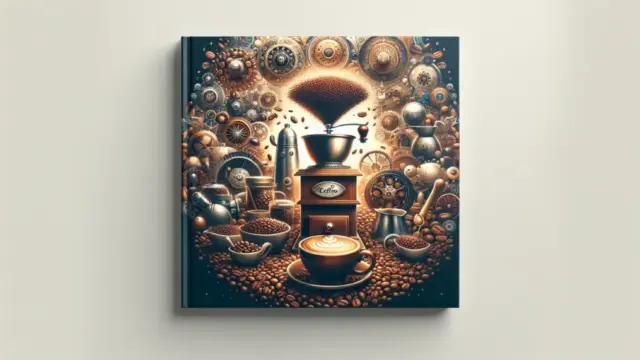







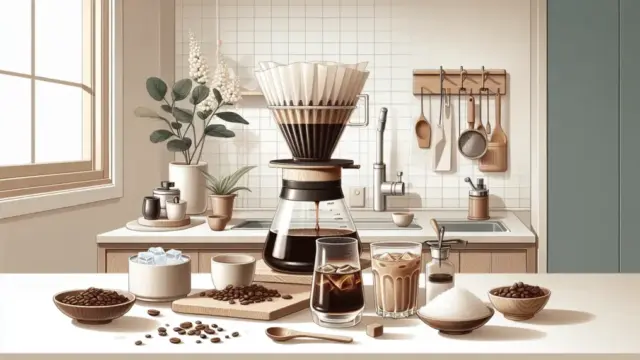
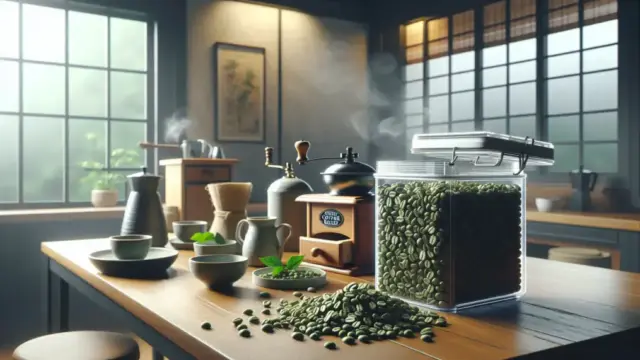
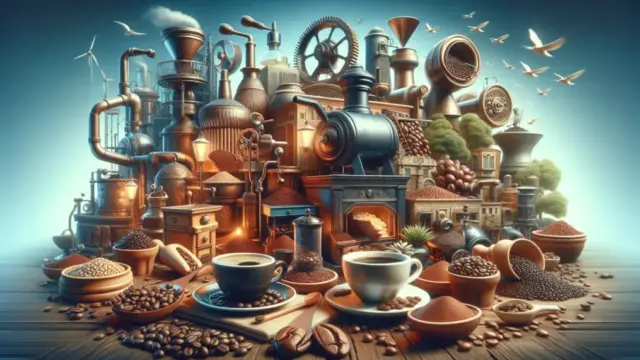


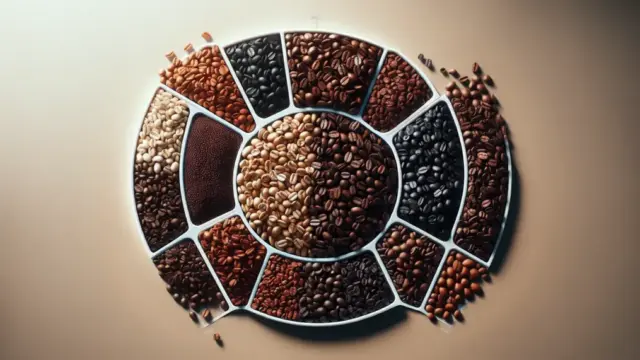

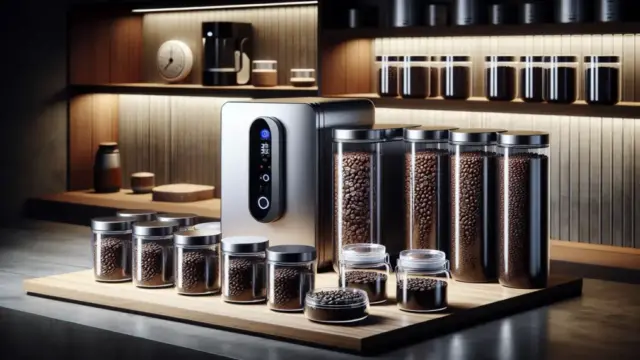
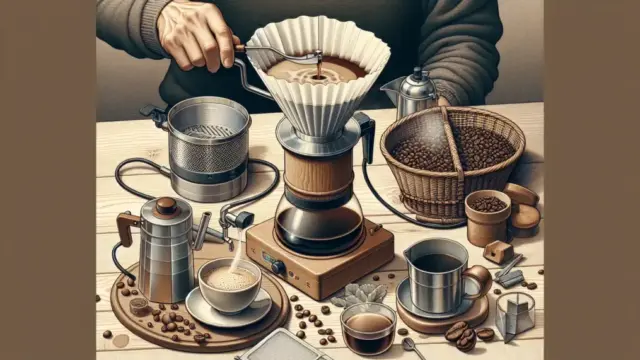

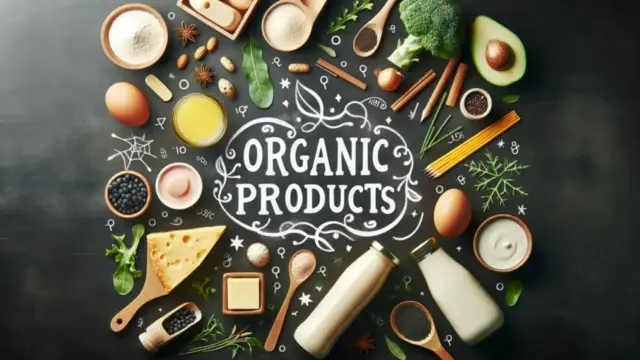

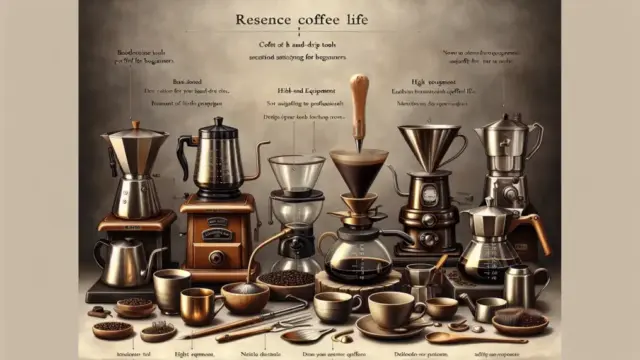














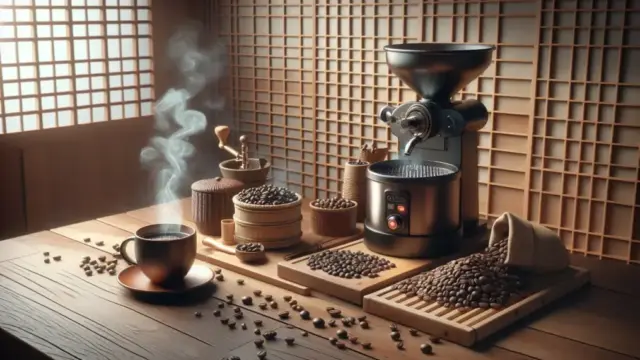
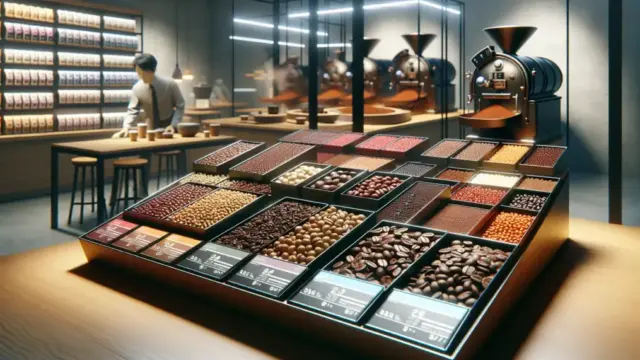








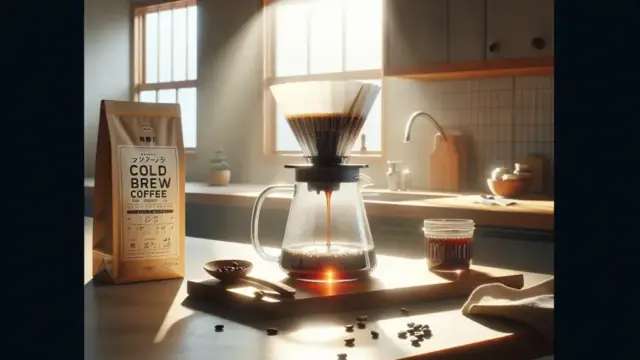
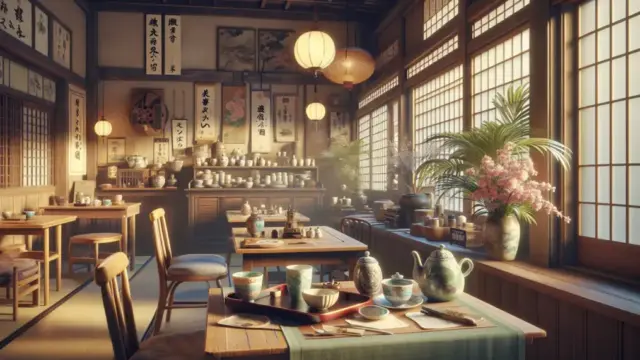





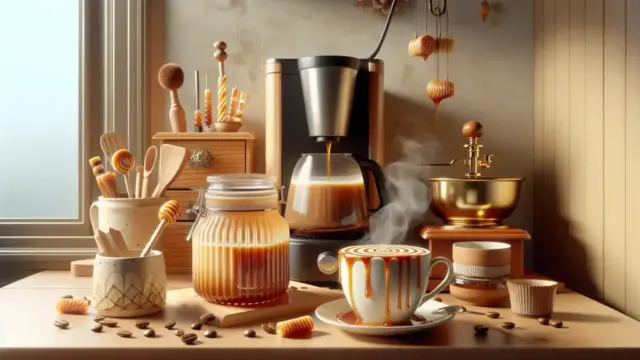



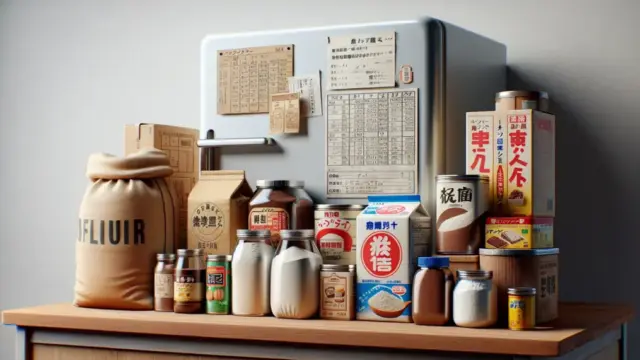



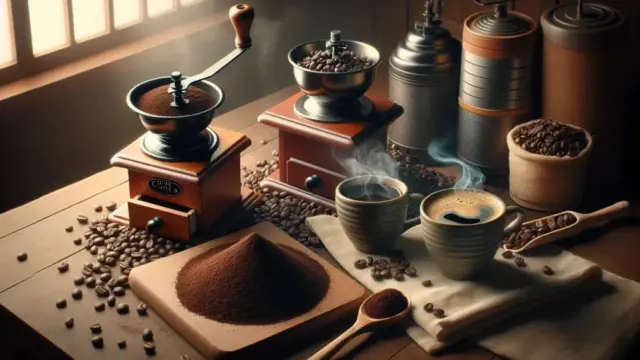



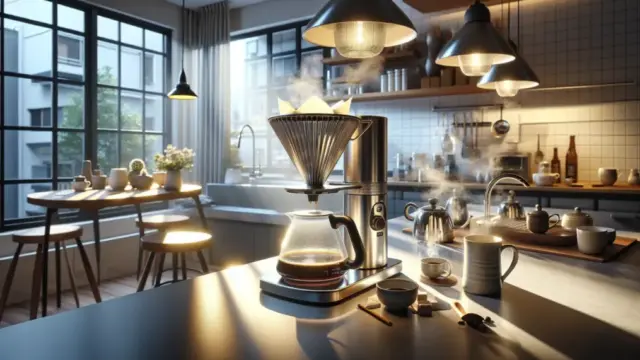
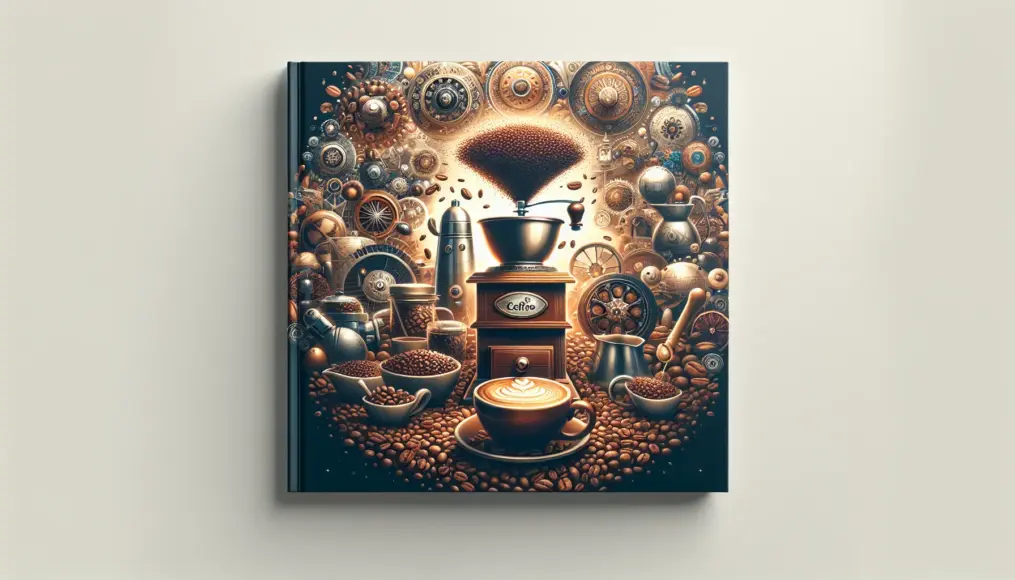
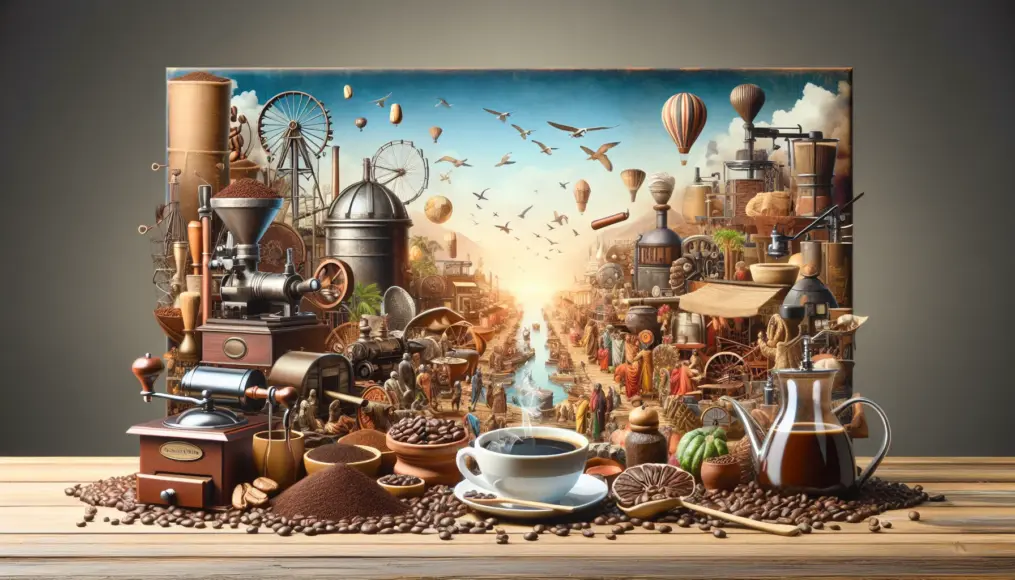
Comment